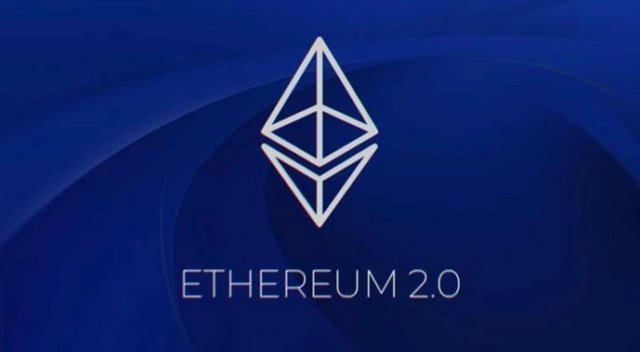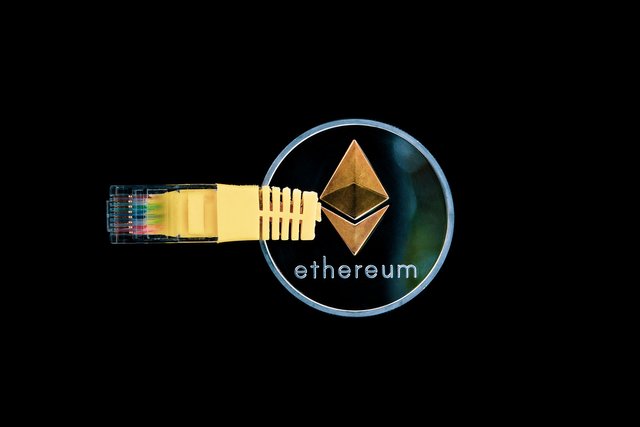
There has been a bunch of hype on online cryptocurrency forums in the recent days surrounding the pending launch of Ethereum 2.0. Ethereum 2.0 will introduce a number of changes to the current platform, replacing it as a whole, and users are both wary and excited.
eWASM
The biggest change coming with Ethereum 2.0 (also known as Eth2) is that Ethereum will no longer run on the EVM (Ethereum Virtual Machine) but rather it will start running on the eWASM (Ethereum Web Assembly) instead. For those of you who aren’t familiar with EVM, it’s the way in which Ethereum is able to be run on a network of computers rather than storing information on one device’s drive. So, if you wish to upload a smart contract on the Ethereum blockchain, you would first code the DAPP in Solidity (the primary coding language of Ethereum) and it would then be transferred and compiled into EVM bytecode. This EVM bytecode is completely autonomous from the device it was created on, and it can now be read by any device in the system and the data is stored across a number of nodes. And once this bytecode is uploaded to the EVM it cannot be deleted or erased, which gives Ethereum it’s decentralized nature. On the EVM, the Ethereum blockchain runs with 100% accuracy, which is what Buterin wanted when he created it. This process ensuring every node on the system runs with 100% accuracy however, coupled with the time-consuming conversion to bytecode, slows down the Ethereum blockchain tremendously, limiting its scalability. On EVM, the Ethereum blockchain can only process 25 requests per second—which in the grand scheme of things, is nothing.
The reason eWASM will increase the speed and scalability of Ethereum, is because unlike the EVM, eWASM doesn’t require any code compilations or changes. The code uploaded will be auto compressed onto the blockchain. This new web assembly also removes the possibility of future hard forks which overall increases the security of the blockchain as a whole. And of course, applications will no longer need to be uploaded solely in the Solidity coding language, making Ethereum much more accessible to coders. Coders can now use a variety of languages such as C++, JavaScript, and Rust. All of these things combined will enable the Ethereum blockchain to far surpass its previous limit of 25 requests per second but it will also put all current miners out of a job.
Ethereum Mining
Previously, one of the main aspects of Ethereum was the fact, that unlike Bitcoin, an individual did not need special equipment to set up a node and begin mining. Rather it was quite simple for even the newest programmers to set up a computer and download the program needed to get started. And these miners were necessary to keep up the proof-of-work aspect to verify that work on the Ethereum blockchain had been completed to allow smart contracts to self-complete. With the new implication of the eWASM system, the Ethereum blockchain will be changing from a proof-of-work to a proof-of-stake system. This means, instead of needing hundreds of miners across the globe to maintain nodes, now anyone who owns some Ether can put forward a specified amount of funds to keep the system running. Their account will then be randomly selected to verify a transaction, at which time the owner of the account will generate returns.
This is good for the planet, because it requires much less electricity to run. This is also good for the Ethereum blockchain, as it will be able to be more widely adapted and easier to use as it will no longer be limited by slow processing speeds. However, this is very sad news for any miners who have invested a large portion of their cash into their node—as after Eth2 launches in December 2020, they will no longer be able to make money off their node. Not only that, but only accounts with large amounts of Ethereum are allowed to stake so, if they haven’t been saving their Ether, they won’t be considered to make money on the new Proof-of-Stake system.
Stakers
If you’re interested in becoming a staker, there’s some important things you need to know. First of all, to even be considered, you must own at least 32 ETH. Besides just that, you must also have the proper hardware and software hooked up to the coming Beacon network. You also need to understand how this network works. There are 7 different software ‘clients’ a staker can choose to download and run on their device in order to stake their coins.
Sounds easy enough right? Well there is a significant amount of risk involved when it comes to staking your ETH on transactions. Some of the issues that can be faced right off the bat are bugs in the system, since Eth2 will be an entirely new system. Although most of these bugs won’t involve the loss of funds (or hopefully won’t!) it’s hard to say for sure, but if you’re a bug hunter, this could generate some revenue for you. Some other risks include losing your ETH stake if you go offline or fail to validate. So, if you are planning to stake, the machine you are using to do it needs to be hooked up to a secure internet connection at all times. You also should consider monitoring the system frequently so you don’t lose your investment due to failures. You can also lose your ETH due to malicious activity (hacking of your system or app) so it’s important to monitor constantly for unauthorized activity.
All of this sounds a bit scary right? Well, keep in mind that even if this doesn’t scare you off, if you decide to stake, you will be unable to withdraw your investment for an unspecified amount of time. Because of this fact, ensure any amount you invest is truly money that you do not need access to, as withdrawals from the system rely on future unspecified upgrades. Also, an article in Forbes magazine addresses the way in which the US government will eventually be taxing these stakes. Thus, there’s a possibility staking may not even be worth it as the amount you will make from staking has not yet been specified and taxes could be steep.
In Sum
Ethereum 2.0 is coming whether you like it or not. And the launching of Beacon, the first portion, is slated to occur on December 1st, 2020. If you are a regular user of the Ethereum blockchain, no specific action will be required on your part on this date. However, if you are currently a miner, your world will invariably change. If you aren’t risk adverse, and hold enough Ethereum, consider changing to staking. But be aware, the risks associated with staking the new Ethereum platform will far surpass any current risk experienced by miners, so if you do decide to proceed, be aware you could possibly lose your investment.
This article has been brought to you by the Bitcoin Games on MintDice. Originally posted on MintDice.com.


If you are curious more about the origins of Ethereum itself, we have an extremely well written there so you have sufficient background on the matter :)
Downvoting a post can decrease pending rewards and make it less visible. Common reasons:
Submit
Thank you for this material!
Downvoting a post can decrease pending rewards and make it less visible. Common reasons:
Submit